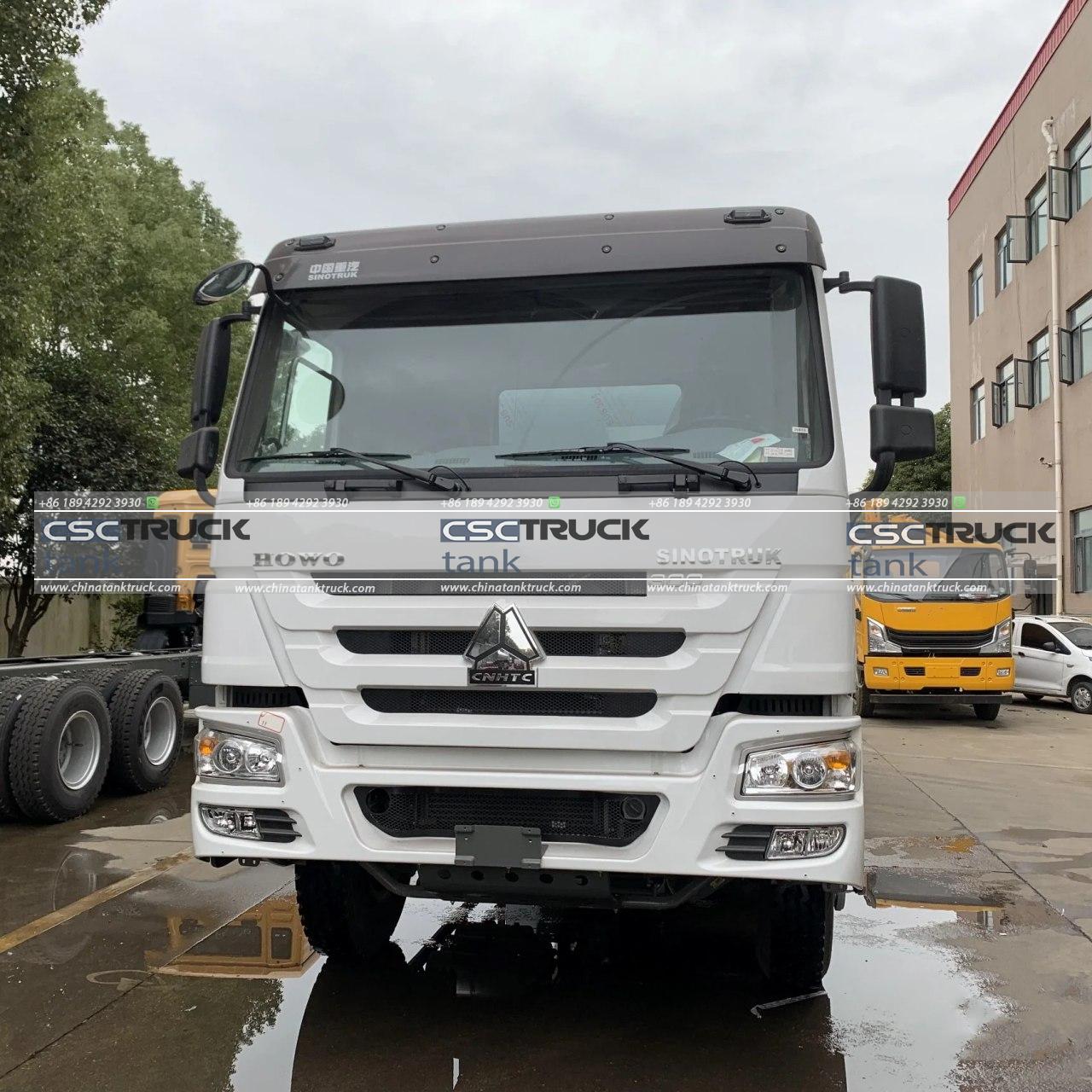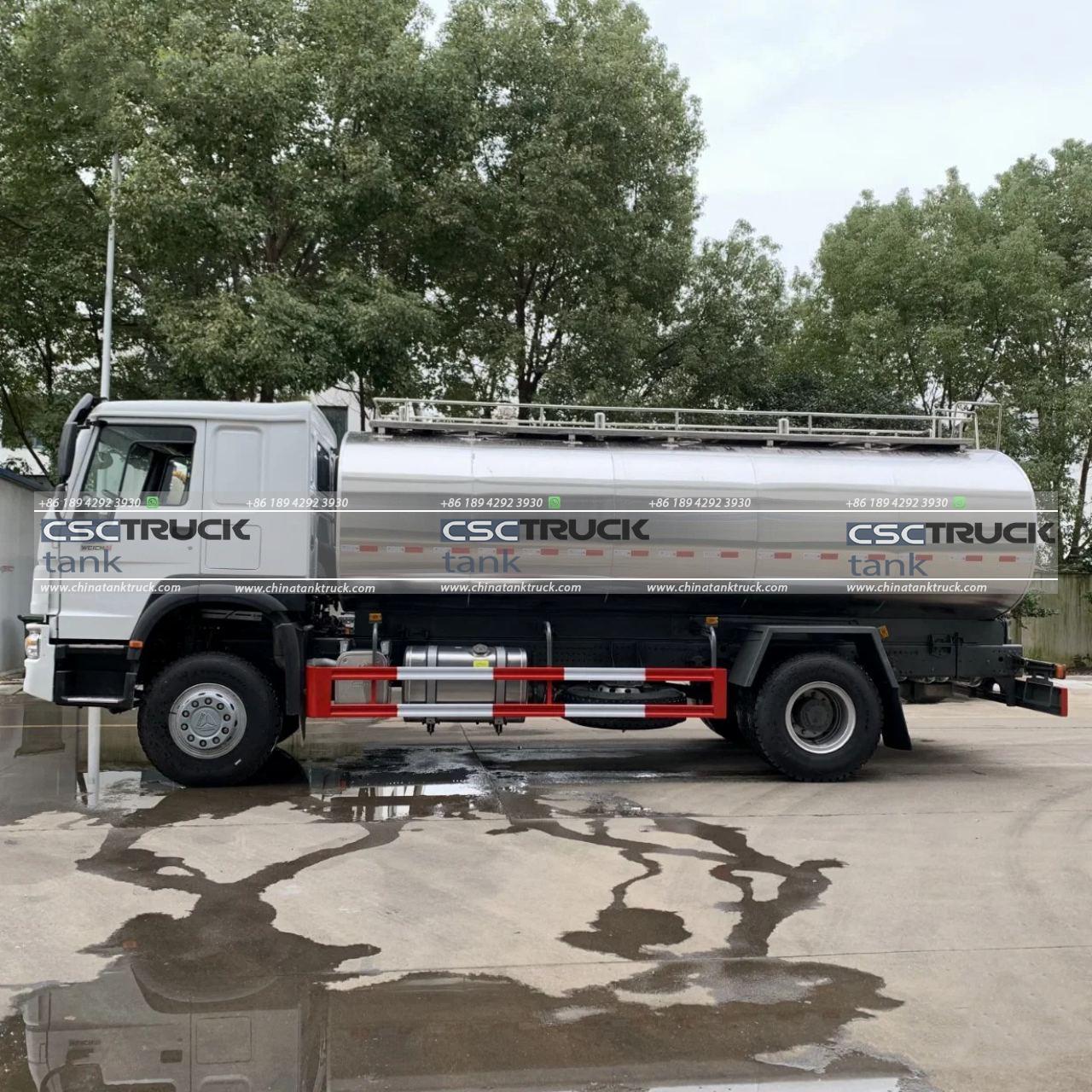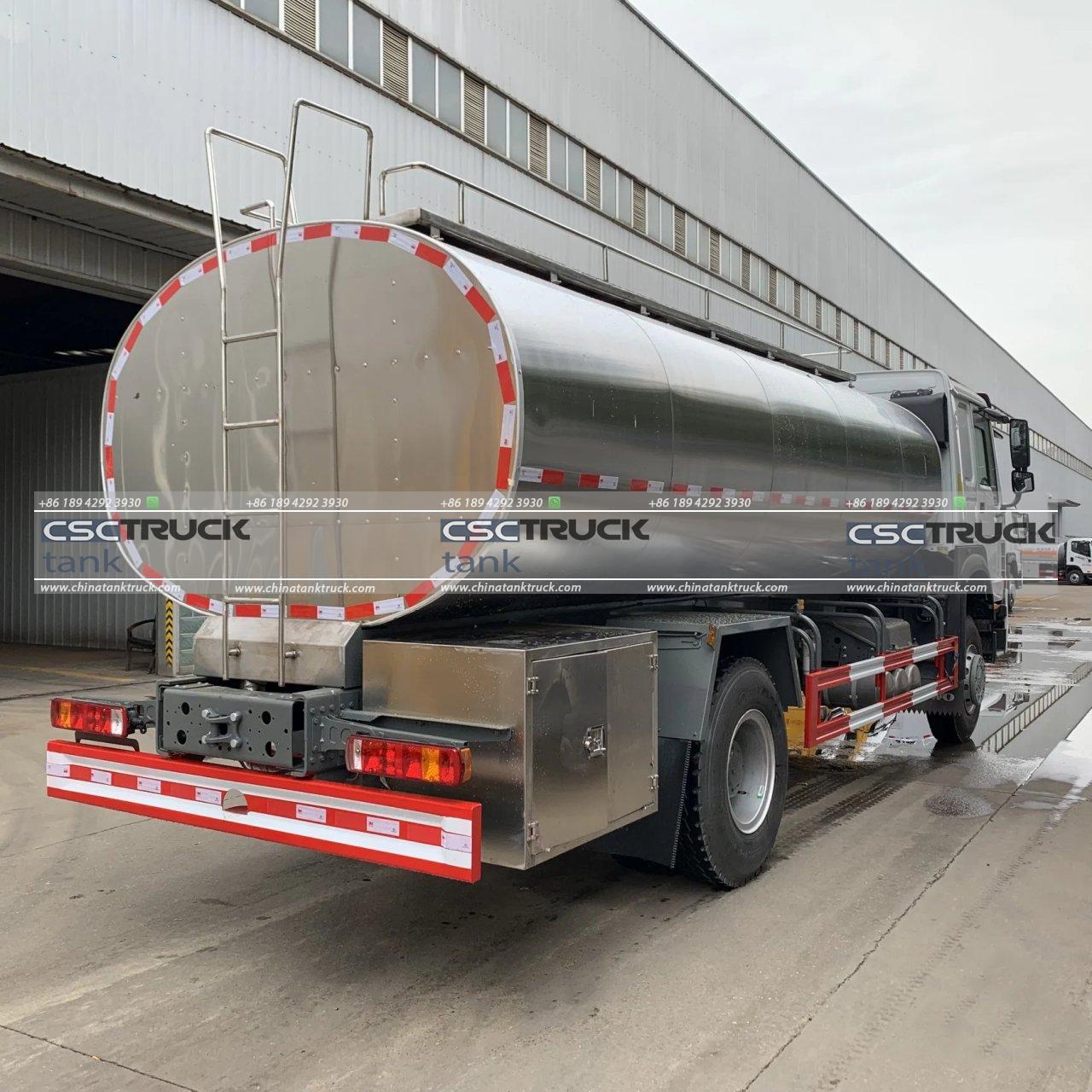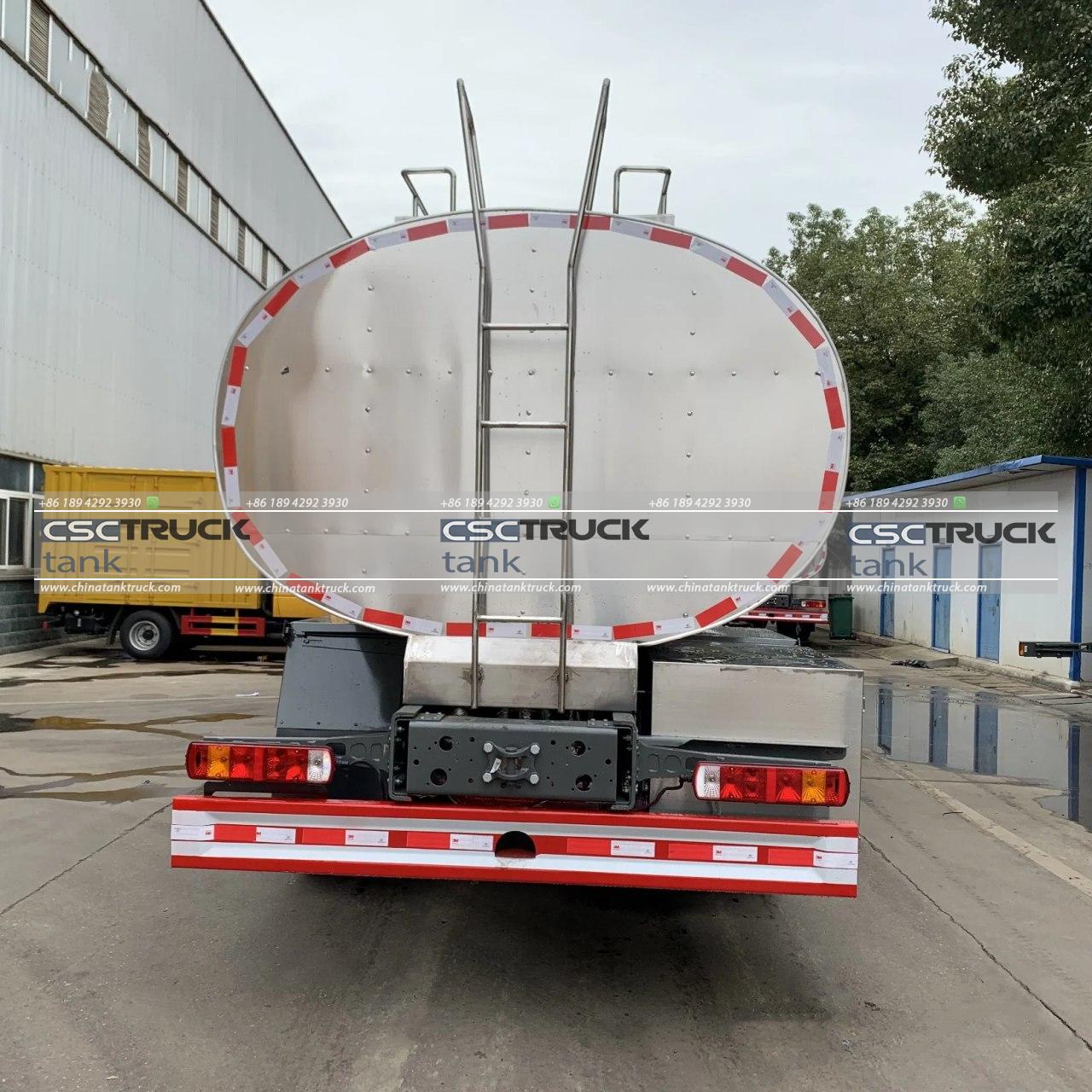How Many Cows Does it Take to Fill a Milk Tanker?
Milk tankers are a vital part of the dairy supply chain, transporting large quantities of milk from farms to processing plants. Understanding how many cows are needed to fill a milk tanker provides insight into the scale of dairy farming and the efficiency of milk production.
Understanding the Capacity of a Milk Tanker
To answer the question, we first need to understand the capacity of a typical milk tanker. Milk tankers vary in size, but a common capacity for a tanker used in the dairy industry is around **6,000 to 8,000 gallons** (approximately **22,700 to 30,300 liters**). These tankers are designed to keep milk fresh during transportation by maintaining a controlled temperature, usually around 39°F (4°C), ensuring the milk remains in prime condition until it reaches the processing plant.

Milk Production per Cow
The next key factor is the amount of milk a single cow can produce. The milk yield of a cow varies depending on factors like breed, diet, lactation stage, and overall health. However, on average, a dairy cow produces about **6 to 7 gallons** (approximately **22.7 to 26.5 liters**) of milk per day.
The Holstein breed, the most common dairy cow in the United States, is known for its high milk production, with some cows producing up to **10 gallons** (about **38 liters**) per day during peak lactation periods. However, to provide a conservative estimate, we’ll use the average production of 6.5 gallons (24.6 liters) per cow per day for our calculations.
Calculating the Number of Cows Needed
To determine how many cows are required to fill a milk tanker, we can divide the tanker’s capacity by the daily milk production per cow.
For a **6,000-gallon** (22,700-liter) milk tanker:
– 6,000 gallons ÷ 6.5 gallons per cow = approximately 923 cows.
– 22,700 liters ÷ 24.6 liters per cow = approximately 923 cows.
For an **8,000-gallon** (30,300-liter) milk tanker:
– 8,000 gallons ÷ 6.5 gallons per cow = approximately 1,231 cows.
– 30,300 liters ÷ 24.6 liters per cow = approximately 1,231 cows.
Thus, to fill a milk tanker with a capacity of 6,000 to 8,000 gallons, it would take between **923 and 1,231 cows** to produce milk for an entire day.

Factors Influencing Milk Production
Several factors can influence the number of cows required to fill a milk tanker:
1. Breed of Cow: Different breeds have different milk production levels. Holsteins are among the highest producers, but other breeds like Jerseys and Guernseys produce less milk per day.
2. Cow Health and Nutrition: A cow’s diet, overall health, and stress levels significantly impact milk yield. Well-nourished, healthy cows will produce more milk, potentially reducing the number of cows needed to fill a tanker.
3. Lactation Stage: Milk production varies throughout a cow’s lactation cycle. Cows produce the most milk shortly after giving birth, with production gradually decreasing until the next calving. A herd with many cows in peak lactation will produce more milk.
4. Farm Management Practices: Efficient milking practices, proper cow comfort, and optimal milking schedules can maximize milk yield per cow, affecting the total number of cows needed.
The Scale of Dairy Farming
To put this into perspective, large commercial dairy farms often have thousands of cows. A farm with 1,000 to 2,000 cows could potentially fill one or two milk tankers every day. Smaller farms with fewer cows might combine their milk with neighboring farms to fill a tanker before it heads to the processing plant.

Impact on the Dairy Industry
The ability to transport large quantities of milk efficiently has transformed the dairy industry. Milk tankers enable farms to reach processing plants even if they are located far from the farm, expanding the market reach for dairy products. The number of cows required to fill a tanker also highlights the scale of dairy operations necessary to meet the high demand for milk and milk products.
In regions with dense dairy farm populations, multiple tankers may be filled and sent to processing plants daily. Conversely, in areas with fewer dairy farms, tankers might collect milk from several farms before being full. This logistical efficiency is crucial for maintaining a steady supply of fresh milk to consumers.
Environmental Considerations
The number of cows required to fill a milk tanker also has environmental implications. Dairy farming contributes to greenhouse gas emissions, primarily methane, produced during digestion in cows. Managing herd sizes, improving feed efficiency, and optimizing milk production are essential strategies to reduce the environmental impact of dairy farming.
Moreover, innovations in dairy farming, such as precision farming technologies, are helping farmers monitor and enhance milk production while minimizing resource use. These advancements ensure that fewer cows can produce more milk, contributing to sustainability in the dairy industry.

Conclusion
Filling a milk tanker is a significant logistical task that reflects the scale of modern dairy farming. Depending on the tanker’s capacity and the average milk production per cow, it takes between 923 and 1,231 cows to fill a milk tanker. This calculation provides a fascinating glimpse into the daily operations of a dairy farm and underscores the importance of efficient milk production and transportation in meeting consumer demand.
As the dairy industry continues to evolve, innovations in farming practices and technology will likely increase milk yields per cow, reducing the number of cows needed to fill tankers while enhancing sustainability. Understanding these dynamics is crucial for appreciating the complexity and scale of dairy production and its role in the global food supply chain.

